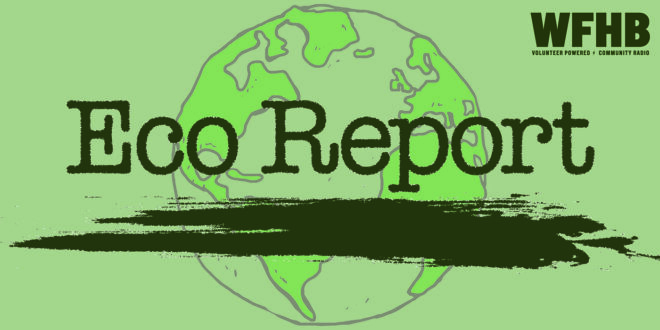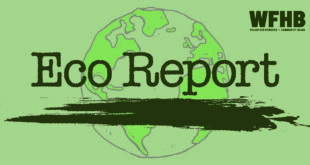Podcast: Play in new window | Download (Duration: 30:35 — 28.1MB)
In this week’s Eco Report feature, WFHB Environmental Correspondent Robert Shull speaks with Kevin Hunter, who has been involved in the treatment of sewage in Monroe County for over 30 years.
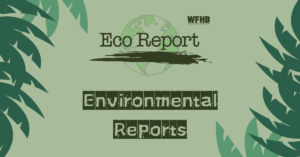
It has become increasingly known that Corals play a crucial role in marine ecosystems. Not only do they buffer coastline communities against storms, but they reduce coastline erosion. The Center for Biological Diversity points out that “they create habitat for fish, sponges, crabs, sea stars and other wildlife.” Some of the most extensive, best preserved coral reefs in the entire Caribbean are along the coast of Cuba. Jardines (har-dean-es) de la Reina National Park, is one such place that maintains an incredibly rich underwater ecosystem. In Sept 2023 a team of experts completed an expedition to gage the health of Cuba’s reefs. A Cuban marine biologist initiated the study for a better understanding of coral’s resilience in this era of extreme climate change.
The Environmental Defense Fund in partnership with Cuban scientists are hopeful that such research will provide leads as to management & conservation techniques that prevent degradation of coral reefs. Cuba and the US have the potential to make great advancements to mitigate climate change and preserve biodiversity. The lack of formal diplomatic relations, exacerbated by U.S unilateral listing of Cuba as a State sponsor of terrorism, hamper joint ventures for all but a couple of NGO’s [NON-governmental organizations]. Nature is oblivious to such political maneuverings. Cuba has strategic plans for dealing with climate change that are hampered from coming to fruition as a result of the US embargo on Cuba.
“The ecological stakes are too high for Cuba and the United States to rely on anything short of a government-to-government accord to formalize, catalyze, and facilitate cooperation on environmental problems of mutual concern,” states Brian Boorm in Sciencediplomacy.org. Nevertheless, Scientific communities of Cuba and the United States have found several ways to come together and agree on what is essential to advance joint research in the best interests of both countries, peoples, and societies.
Such joint scientific research provides opportunities for progress and capacity building in both Cuba and the U.S. The endangered species act recently celebrated its 50th anniversary of protected habitat for numerous species! Cuba and the United States share forty-nine animal species and eight plant species that are recognized as ‘Globally Threatened.’ “There exists a strong imperative for the two countries to cooperate on monitoring and protecting the threatened species for which they are joint stewards, including the West Indian walnut, the American crocodile, and the West Indian whistling duck” wrote Brian Boorm in sciencediplomacy.org. Extensive coverage can be found at globalconservation.org.
WFHB is doing a series on ocean issues, with an emphasis on the seafood available in Indiana grocery stores. The first story was about early fishing in the North Atlantic. It is a story of abundance. One of the prime targets was codfish, numbering in the billions and catchable using just a line wrapped around the wrist and one hook. Another popular fish was the herring, caught in the North and Baltic Seas. The Hanseatic League cities were funded in large part by the herring catch. Herring were popular because they were cheap and could be preserved by hanging them in a fireplace for smoking. Fresh herring rapidly decompose, so the English developed some powerful mustards to make the herring more palitable. Coleman’s mustard is popular even today.
The fish markets were full of large cod, salmon, and other species as illustrated in a painting by Frans Snyder, The Fish Market. The status of the oceans as of 1900 is that they were in excellent shape. Plastics were not a source of pollution. While a few areas were overfished, such as halibut along the U.S. east coast, or herring in the Baltic Sea, there were some areas virtually untouched. The untouched areas were that way because any catch would rot before the ship could reach its home port. All this was about to change. Clarence Birdseye was born in 1886, the sixth of nine children of Clarence Frank Birdseye, a lawyer in an insurance firm, and Ada Jane Underwood. His first years were spent in New York, New York, where his family owned a townhouse in Cobble Hill, Brooklyn.
From childhood, Birdseye was obsessed with natural science and with taxidermy, which he taught himself by correspondence. He entered Amherst College, where his father and elder brother had earned degrees. There he excelled at science, although an average student in other subjects. His obsession with collecting insects led his college classmates to nickname him “Bugs”. He had to drop out of college to support his family, working for the Department of Agriculture. He had several assignments before going to Labrador , where he furthered his interested in food preservation by freezing, especially fast freezing. He was taught by the Inuit how to ice fish under very thick ice. In -40 °C weather. The Inuit also demonstrated that freshly caught fish could be then instantly frozen when exposed to air, and when thawed, still tasted fresh.
This trip to Canada, where he witnessed the traditional methods of the indigenous Inuit people, directly inspired Birdseye’s food preserving method. Flash freezing changed ocean fishing forever. A boat could go anywhere to fish, then immediately freeze the fish. Fishing boats got bigger, eventually leading to a fleet of vessels catching the fish, then transferring it to a “factory” ship, which froze the catch and placed it in storage. The catching vessels could remain at a hot spot until virtually every fish was taken. The second development that totally changed ocean fishing was the development of vessels with steam engines, which rather quickly converted to gasoline or diesel fuel. This allowed the use of enormous nets and catches in tons.
Fish Creek in northeastern Indiana is one of the most biologically diverse streams in the Midwest. Mussels are a keystone species in the stream’s aquatic community. Mussels are filter feeders, so they are very sensitive to low water quality. In areas with good water quality, there are diverse mussel communities and large numbers of mussels. In areas where the water quality is poor, there are fewer species. Protecting mussel species was the impetus for The Nature Conservancy (TNC) to work in Fish Creek more than 30 years ago. When TNC started working in the area, mussel populations were in decline. The story today is much more positive. Mussel surveys from last fall show a diversity of mussels – in variety, quantity and age range.
In order to protect the creek and the imperiled mussel species, TNC had to do more than just buy land and create nature preserves. “We had to find ways to work with the community,” says Larry Clemens, state director for TNC in Indiana, “so that people and nature could thrive together. Improvements to Fish Creek wouldn’t have happened without the community’s direct involvement.” TNC worked with farmers to control soil erosion on their lands, using a variety of conservation practices. Farmers implemented those conservation techniques widely.
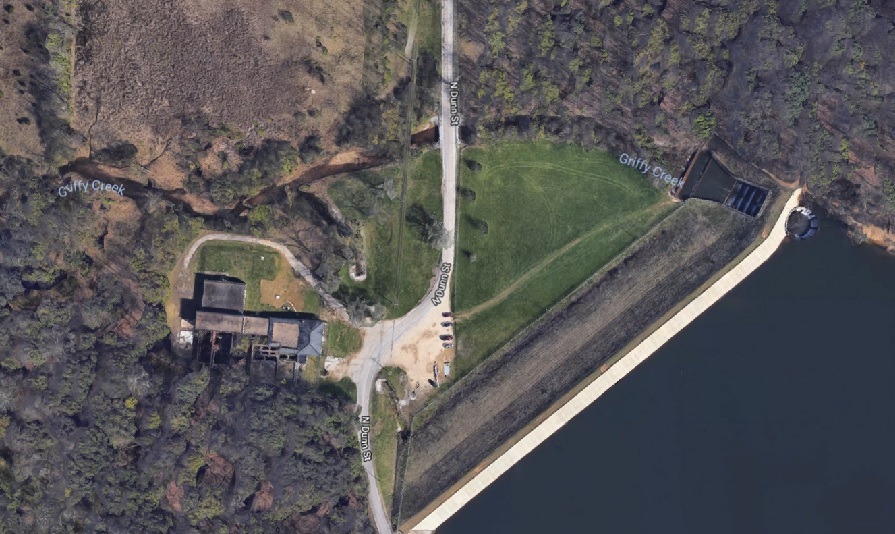
This week’s Eco Report feature is a conversation between WFHB Environmental Correspondent Robert Shull and Kevin Hunter, who has been involved in the treatment of sewage in Monroe County for over 30 years.

-
Join a Roving Naturalist on Saturday, March 9th, from 12:30 to 2:30 pm at Griffy Lake Nature Preserve for a Signs of Spring Hike. You will open your senses as you look for signs of the changing seasons. Dress for the weather and wear comfortable shoes. Register at bloomington.in.gov/parks.
-
The Sassafras Audubon Society is hosting their Semi-Annual Ducks and Donuts gathering at the Stillwater Marsh observation platform on Saturday, March 9th, from 9 am to noon. Come and enjoy coffee, donuts and binoculars to spot ducks and other birds.
-
Join Anthony for a Donaldson Cave Hike at Spring Mill State Park on Saturday, March 9th, from 1 to 2 pm. You will hike into the upper dry portion of Donaldson Cave as you learn about the eccentric Scotsman the cave is named for and the Shawnee Cave system. Meet at the Sycamore Shelter.
-
Goose Pond Fish and Wildlife Area is hosting a Goose Pond Reads event on Saturday, March 9th, from 9 to 10 am. Enjoy a free community reading from A Sand County Almanac by Aldo Leopold. Sit in the Visitors Center as you listen and enjoy the panoramic view of the wetlands.
-
Make a small terrarium in a glass jar during a Do It Yourself Jar EcoSystems program on Sunday, March 10th, from 5 to 7 pm at the Switchyard Park Pavilion. Learn about how functioning ecosystems work from water ecology to small microbes. Register at bloomington.IN.gov/parks.
Credits:
This week’s headlines were written by Norm Holy, Cynthia Roberts and Julianna Dailey.
Today’s news feature was produced Robert Shull and edited by Kade Young.
Julianna Dailey assembled the script which was edited by the Eco Report team.
Julianna Dailey compiled our events calendar.
Kade Young and Noelle Herhusky-Schneider produced today’s show.
Branden Blewett is our engineer.
Anchors are Julianna Dailey and Robert Shull.
Are you looking for a way to make a difference on environmental issues? Eco Report is looking for reporters, engineers, and segment producers who are passionate about reporting facts on how we’re all affected by global climate disruption and the ongoing assaults on our air, land and water. We also celebrate ecologists, tree huggers, soil builders and an assortment of champions who actively protect and restore our natural world, particularly those who are active in south central Indiana. All levels of experience and all ages are welcome, and we provide the training you’ll need. WFHB also offers internships. To volunteer for Eco Report, give us a call at (812) 323-1200, or e-mail us at: [email protected].
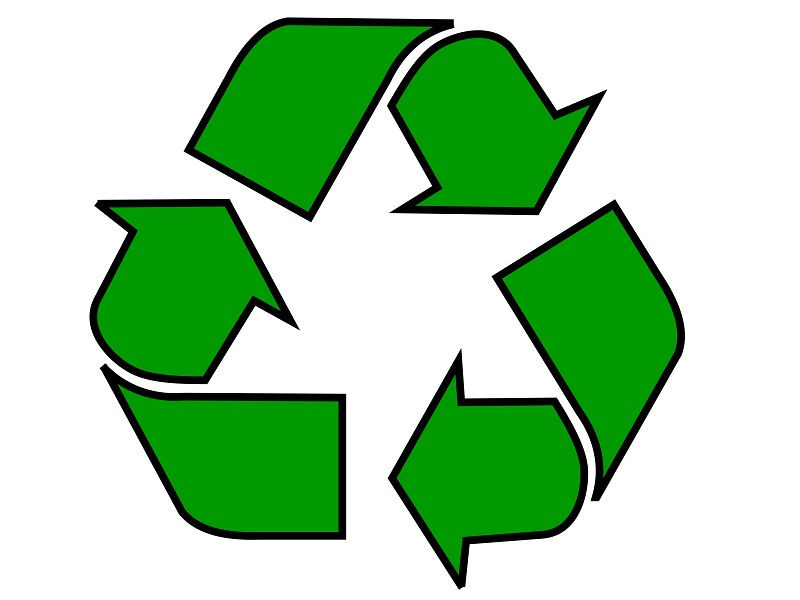 Are you one of those people who believes our Mother Earth is getting dirtier and dirtier from all our trash? Here are a few tips to help keep the Earth cleaner. Stop buying Styrofoam items. Styrofoam is forever. It is not biodegradable, so instead invest in some reusable mugs that you can take with you. Do you like to eat salmon? Several studies have found that PCB’s, which is a class of toxic chemicals, and other environmental toxins are present at higher levels in farm raised salmon than wild salmon. Look for safe seafood when shopping for salmon. What about those coffee filters? Are you a coffee drinker? Dioxins, chemicals formed during the chlorine bleaching process, contaminate groundwater and air and are linked to cancer. Start buying unbleached paper filters or use reusable filters.
Are you one of those people who believes our Mother Earth is getting dirtier and dirtier from all our trash? Here are a few tips to help keep the Earth cleaner. Stop buying Styrofoam items. Styrofoam is forever. It is not biodegradable, so instead invest in some reusable mugs that you can take with you. Do you like to eat salmon? Several studies have found that PCB’s, which is a class of toxic chemicals, and other environmental toxins are present at higher levels in farm raised salmon than wild salmon. Look for safe seafood when shopping for salmon. What about those coffee filters? Are you a coffee drinker? Dioxins, chemicals formed during the chlorine bleaching process, contaminate groundwater and air and are linked to cancer. Start buying unbleached paper filters or use reusable filters.
We all love to go to picnics, especially when the weather is nice. The next time you host or attend a picnic, bring your own utensils and food containers. Plastic forks, spoons, straws, and all that plastic stuff you see at a picnic are not biodegradable and not recyclable. One more thing you might want to stop using is paper towels. Regular paper towels are bleached, and waste forest resources and landfill space. Look for recycled, non-bleached paper towels or better yet, buy dishtowels or rags to wash and reuse. Keep looking for ways you can make a difference.
 WFHB Bloomington Community Radio
WFHB Bloomington Community Radio
